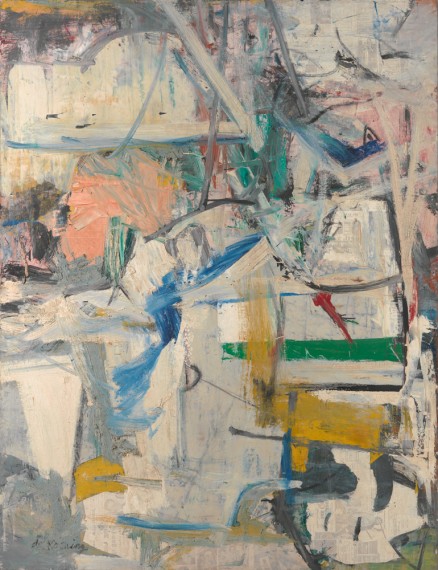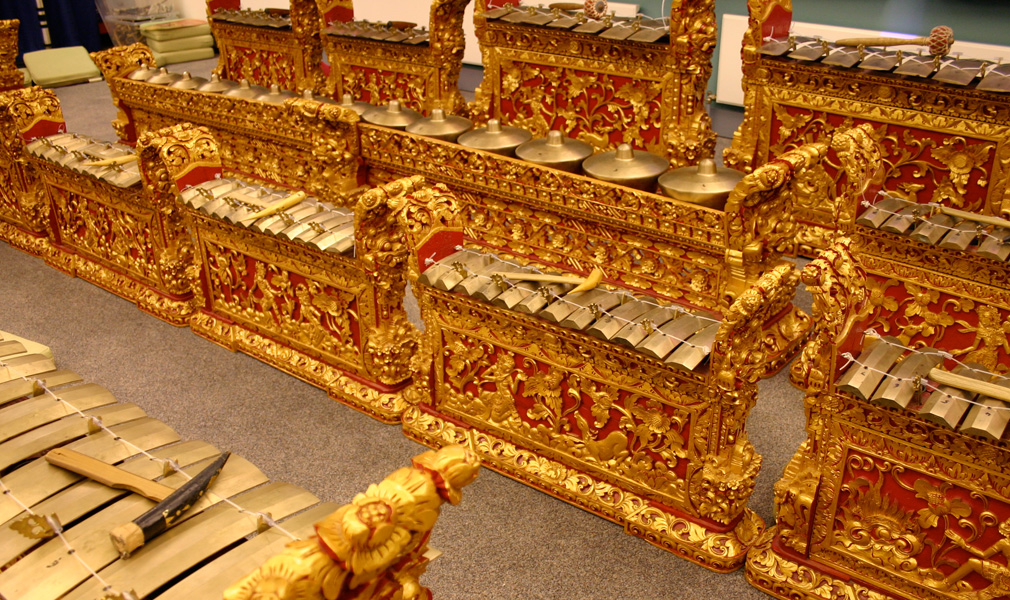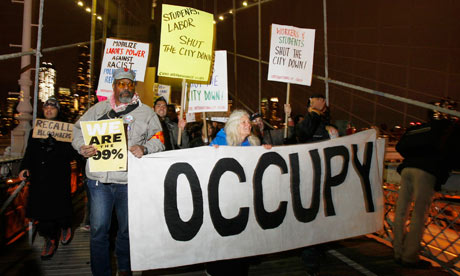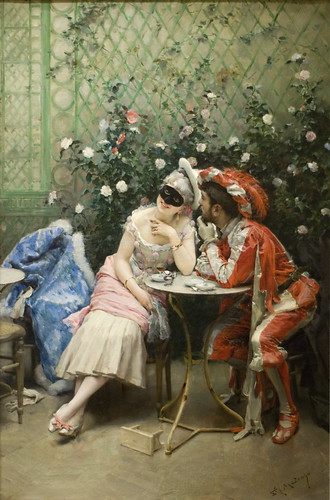On my birthday weekend, my friends treated me to the long-running Broadway musical, Chicago. Having grown up listening to the soundtrack and watching the movie consistently, I found that the live version had both ups and downs of course, as most live shows do.
As a start, I was blown away by the live band! Now, I’m no musical expert, but my good friend, Melaina, is a musical performance major with a wonderful reputation as a horn player, and she assured me that the it was phenomenal. The trumpet sounded identical to the soundtrack, which is actually a huge compliment, because an album is thought of to be perfected by a sound studio. Another aspect that I enjoyed from the band is its interaction with the cast. The unique placement of the band in the center of the stage showed how important the big band style music is to the show. When a character entered, he or she would gesture or make a witty comment to the conductor. And it didn’t end there. The conductor was given lines in the play! If you’re familiar with Chicago, you know there is a voice that introduces each musical number, and on stage, it wasn’t the same voice every time. I thought this was an interesting decision, because it’s a fun risk that paid off.
One of the main downs for me was the choreography. For a production with such lively and flashy music, costumes, and characters, I was expecting some outstanding dance moves. However, as much as I still enjoyed what was there, none of it really blew me away. I felt that the majority of it was too subtle of movements. It doesn’t go unnoticed though that the stage space was limited due to the band.
Not that it’s my place to say (although one day, it would be great), I feel that the band could have been placed in a different spot on stage, while maintaining the center of attention. This way, there is more space for some eye-catching choreography that will help bring the “BAM” factor that Chicago deserves. A show-stopping number will help guarantee a memorable musical.















